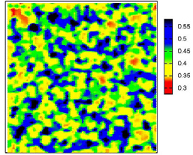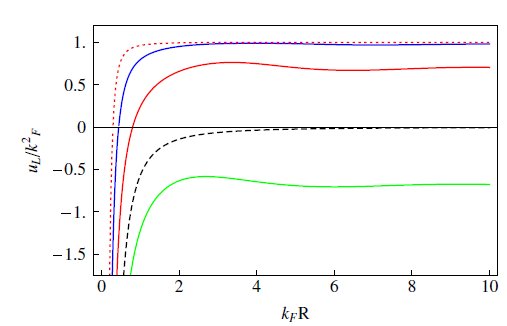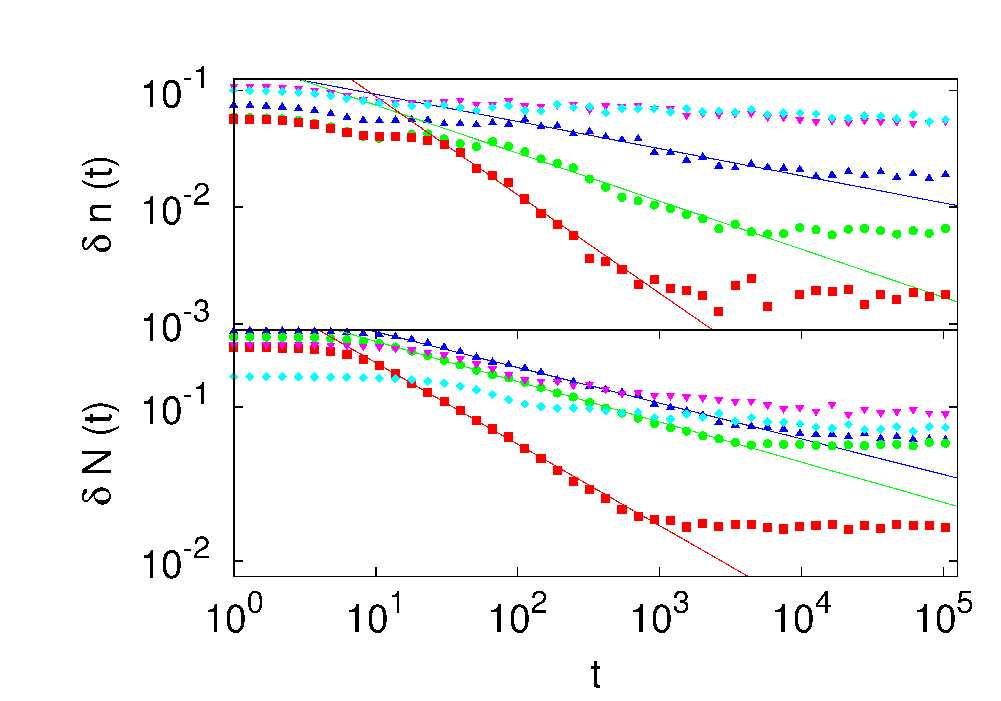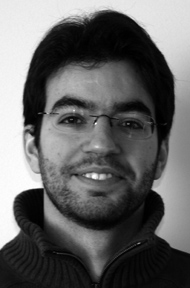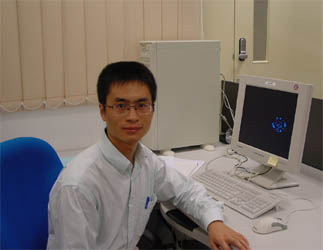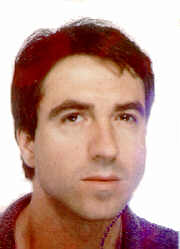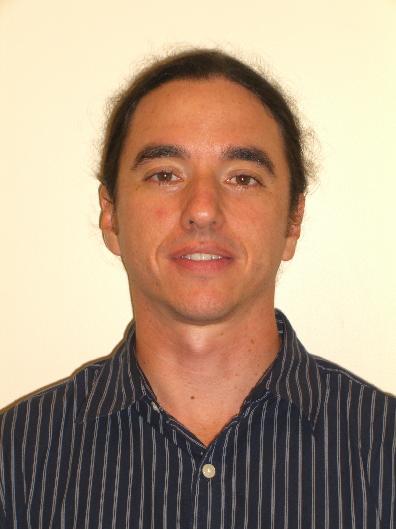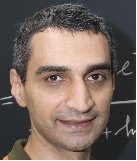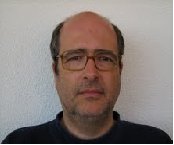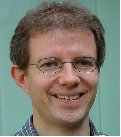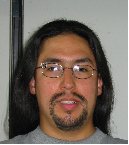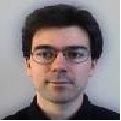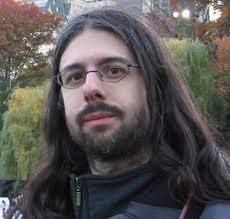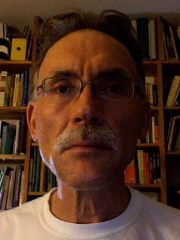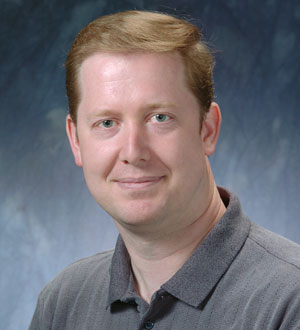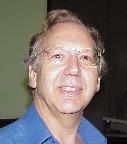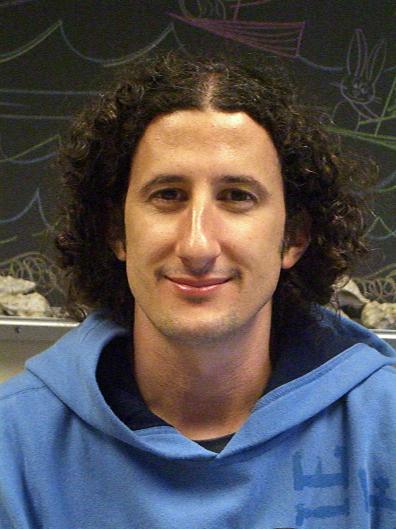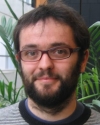|
|
In this webpage you can find information on
my current
research about the
identification and description of mechanisms
that increase substantially the critical
temperature of a superconductor.
This research is supported by a
Marie Curie International Reintegration
Grant PIRG07-GA-2010-268172 (2010-2014) and
also by an EPSRC Career Acceleration
Fellowship and by a grant from the
Fundação para a Ciência
de Portugal.
|
SUPERCONDUCTIVITY
IN NANO/HETERO STRUCTURES
|
HOLOGRAPHY
IN CONDENSED MATTER
|
Recent
technological advances in both growth and
measurement of nano/hetero structures have put
the basis to study quantitatively nanoscale
superconductivity. One particular area of
interest is the identification of materials, physical
mechanisms and geometrical arrangements which
lead to an enhancement of superconductivity in
the nanoscale. Examples of current interest
include copper
oxides heterostructures, LAO/STO
interfaces and granular conventional
superconductors.
|
The AdS/CFT
correspondence, also referred to as the
holographic principle, is arguably he most
important theoretical development in high
energy physics of the last decade. It
conjectures that certain strongly coupled
field theories are dual of weakly coupled
gravity theories in a different dimension. The
application of the holographic duality in
condensed matter systems is rapidly emerging
as a forefront research field. Problems of
special interests are those in which some sort
of universality is expected such far from
equilibrium dynamics and phase transitions
induced by disorder temperature or
interactions.
|
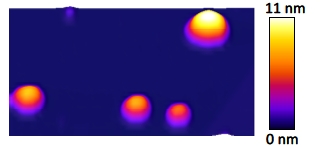 |
 |
| It is now possible to
control and measure the size and shape of a
superconducting nanograin. This paves the
way for a quantitative understanding of nanoscale
superconductivity. Figure from Nature
Materials,
9,
550
(2010).
|
Holographic techniqes are
suitable to describe many aspects of strongly
coupled systems such as he conductivity. Morever
it can also be employed to study finite size
effects, arxiv
1204.4189, or different types of phase
transitions (see figure) Phys. Rev.
D 81, 041901 (2010).
|
NOVEL FORMS
OF SUPERCONDUCTIVITY
|
INTERACTIONS,
DISORDER
AND THERMALIZATION
|
Ultra
cold
gases
are
providing
unparalled
information
about
strongly
interacting
quantum
matter.
Motivated
by
these
experimental
advances
this
project
aims
to
explore
the
role
of
Efimov physics in novel forms of
superconductivity and its potential role to
enhance superconductivity.
|
Disorder
in
condensed
matter
system
is
ubicuous.
Recently
it
has
also
been
possible
to
introduce
disorder
in
cold
atom
settings.
The
main
goal
of
this
reasearch line is to achieve an quantitative
understanding of the role of disorder and
Anderson localization in interacting systems
specially in superconductors out of
equilibrium or in materials in which the
spin-orbit interaction is important.
|
|
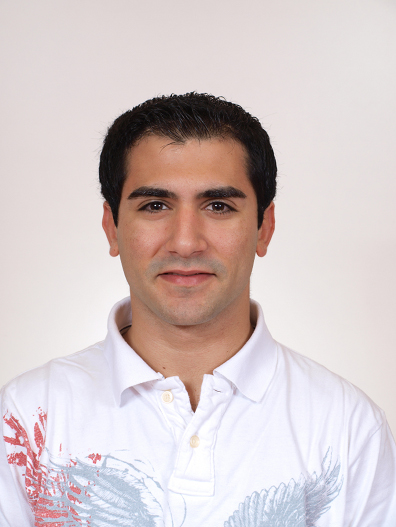
|
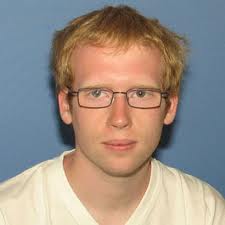
|
Aurelio
Bermúdez
|
James
Mayoh
|
 |
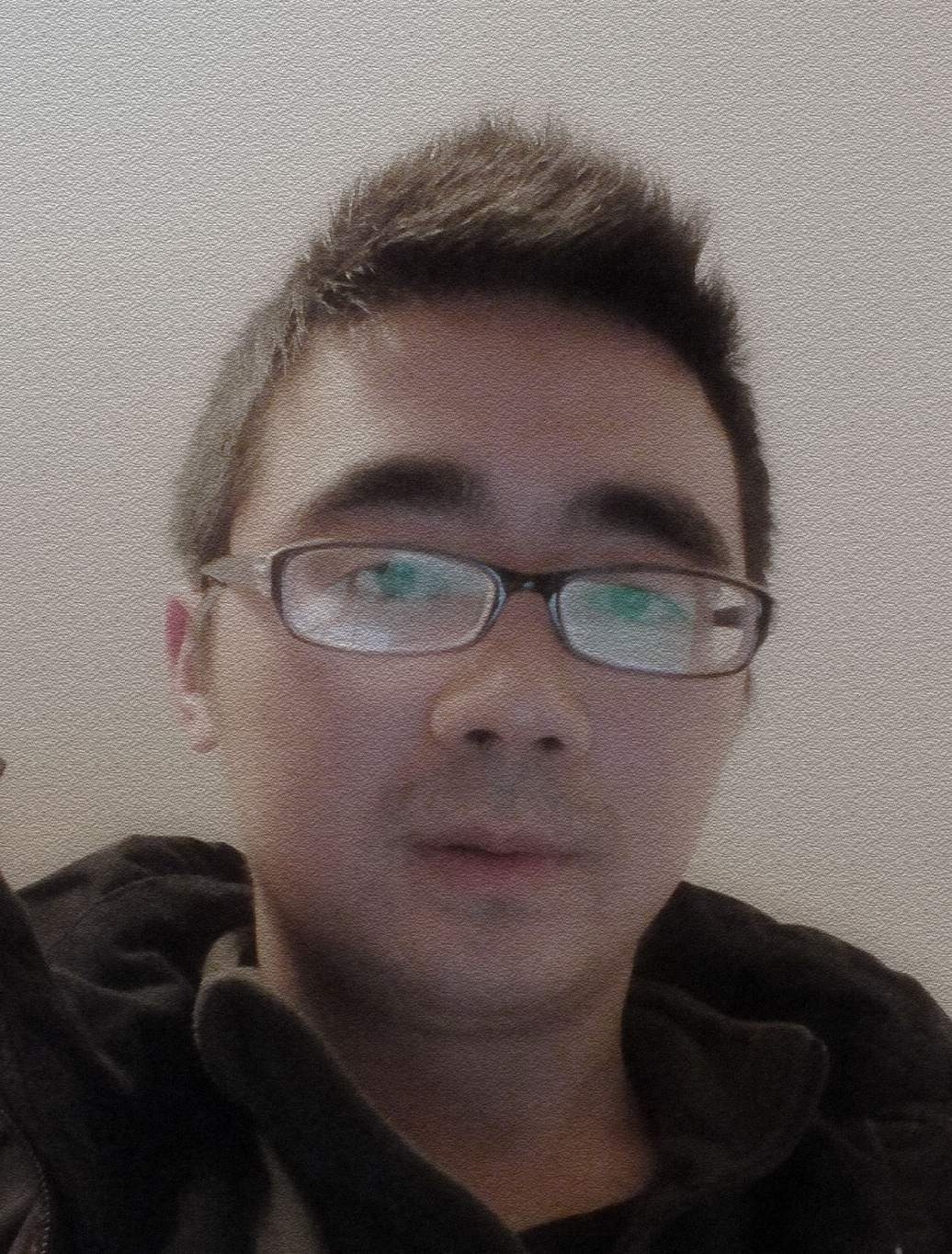 |
Hai-Qing
Zhang
|
Hua
Bi Zeng
|
|
|

